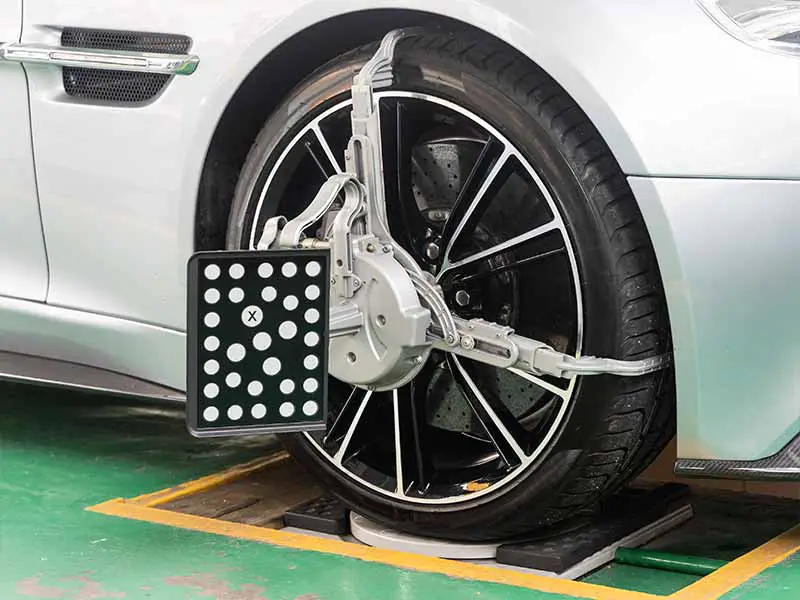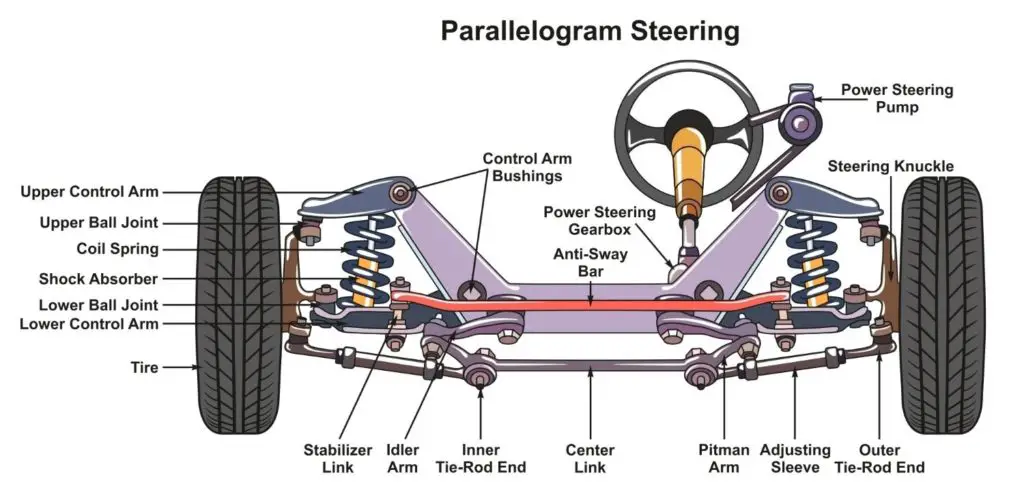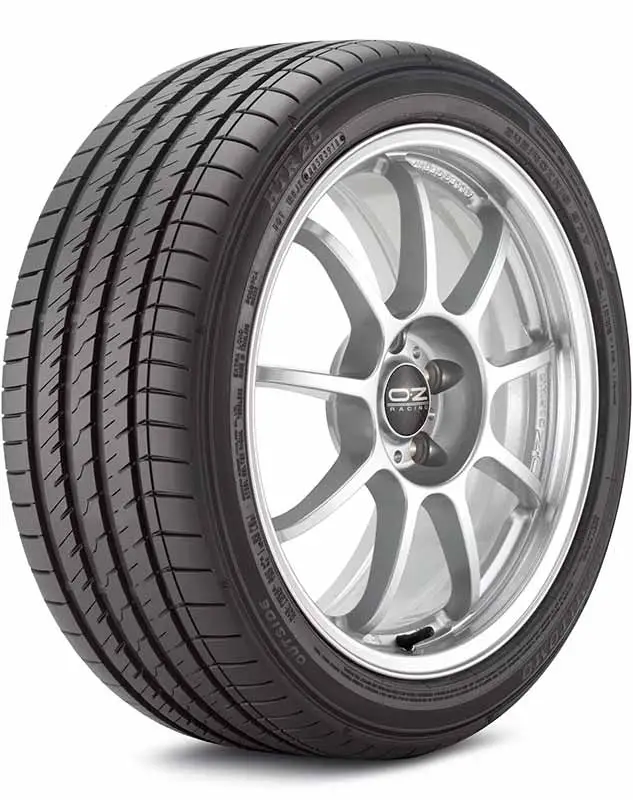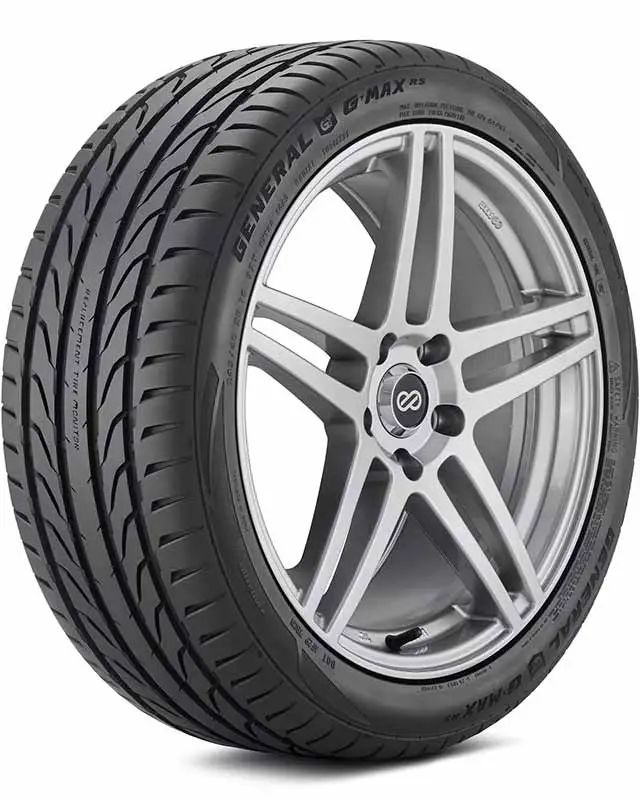Tires feeling a bit odd? Steering not quite as smooth as it used to be? The culprit might be lurking in a place you’d least expect – your vehicle’s caster angle. Understanding the ins and outs of this often-overlooked aspect of your vehicle’s alignment can save you from a bumpy ride and keep your tires in top shape for longer!
Too Much Positive Caster
Too much positive caster can lead to heavier steering, increased tire wear, and potential strain on suspension components, while too much negative caster can result in lighter steering, reduced stability at high speeds, and uneven tire wear.
In this article, we’ll delve into the fascinating world of caster angles. We’ll explore what positive and negative caster mean, the symptoms and effects of having too much of either, how to adjust your vehicle’s caster, and finally, guide you toward finding the ideal caster angle for your specific vehicle.
Let’s take a closer look.

Caster 101: The Basics
Caster is essentially the angle of your car’s steering axis when viewed from the side of your vehicle. Imagine drawing a line through your car’s upper and lower ball joint (the pivot points of the steering system). This is your steering axis.
If the top of the line is leaning towards the rear of your car, you’ve got yourself what we call a positive caster. On the other hand, if it’s leaning towards the front, that’s a negative caster. The angle is considered ‘zero’ when your steering axis is perfectly vertical.
Let’s break this down in simpler terms:
- Positive Caster: Steering axis tilts towards the back of your car.
- Negative Caster: Steering axis tilts towards the front of your car.
- Zero Caster: Steering axis stands perfectly upright.
The Ideal Caster Angle
Now that we’ve got the basics down, you’re probably wondering what the ideal caster angle for your vehicle is. Well, the answer isn’t exactly black and white. The ideal caster angle can vary depending on the type of vehicle and its intended use.
However, most cars and trucks typically do well with a bit of positive caster. It helps keep the vehicle stable, especially when you’re driving in a straight line. It also improves your vehicle’s self-centering steering torque – that’s the natural tendency of your car to return the steering wheel to a centered position after a turn.
But beware, every rose has its thorn. While some positive caster can be beneficial, too much of it can make the steering wheel feel heavier and could lead to excessive tire wear.
Understanding Key Terms
To fully grasp the concept of caster, let’s break down some of the key terms related to it:
- Steering Axis: This is an imaginary line that runs through the car’s upper and lower ball joint, forming the pivot around which the wheel turns.
- Lower Ball Joint: This is the lower pivot point where the wheel and suspension are connected. The position of this point plays a significant role in determining caster.
- Upper Ball Joint: This is the upper pivot point where the wheel and suspension connect. Along with the lower ball joint, it forms the steering axis.
- Lower Pivot Point: Another term for the lower ball joint. It’s crucial in setting up your caster angle.

The Role of Caster in Your Vehicle’s Steering System
Alright, now that we’ve got a handle on what caster is, let’s dive into how it impacts your vehicle’s steering system. This part is where we really start to see why understanding caster is such a big deal.
Steering System: A Dance of Geometry
First things first, let’s get this straight – your vehicle’s steering system isn’t just about turning the steering wheel. It’s a complex dance of geometry involving caster angles, the front wheels, and even that thing called self-aligning torque. Sounds fancy, right? But don’t worry, we’ll break it all down!
Caster and Steering
Caster plays a key role in steering your vehicle. When you have positive caster (the steering axis leaning towards the back), your front wheels will naturally want to roll in a straight line. This gives you that sweet straight line stability while cruising down the highway.
Negative caster, on the other hand, can make steering a bit lighter, which might be beneficial in certain conditions. But it generally reduces stability at high speeds. That’s why you don’t see much of negative caster in modern vehicles.
Power Steering and Caster
And what about power steering? Well, caster plays a significant role here too. With more positive caster, the steering effort increases – that’s the energy you need to put into turning the wheel. In this scenario, power steering becomes your best friend, reducing the effort required to steer the vehicle.
On the flip side, too much positive caster, while giving you better stability, might make the steering feel heavy, especially when parking or maneuvering at low speeds.
Front Wheels and Caster
Let’s shift gears and talk about the front wheels. The front wheels play a major role in steering. Their alignment, including the caster angle, directly impacts your vehicle’s handling.
When the caster angle is off, you might notice a difference in how your vehicle responds to steering input. Too much positive or negative caster can lead to the wheels ‘fighting’ the direction you’re trying to steer, making handling more difficult.
The Magic of Self-Aligning Torque
Okay, brace yourself for a bit of auto wizardry! Remember how we mentioned self-aligning torque? This is the magical force that helps your steering wheel return to the center after you’ve completed a turn. And guess what? Caster plays a starring role in this act!
When you have positive caster, it increases this self-aligning torque. It’s the reason your car naturally straightens out after a turn without you having to muscle the wheel back to the center.
Zero Caster for Comparison
And lastly, let’s not forget about zero caster, where the steering axis is perfectly vertical. While it might sound like the Goldilocks of caster angles – not too positive, not too negative – it actually doesn’t give you the best of both worlds. Vehicles with zero caster can be twitchy and lack stability, especially at high speeds.

Effects of Too Much Positive Caster
We’re about to journey into the world of too much positive caster and how it impacts your ride. Understanding this concept is critical to ensuring your vehicle drives smoothly and your tires last longer.
Steering System and Tire Wear
So, what happens when your vehicle has too much positive caster? Well, the first thing you might notice is a change in your steering. With too much positive caster, the steering might start to feel a bit heavy, especially at lower speeds.
Why is this? Well, it all comes down to the forces acting on your vehicle. With too much positive caster, your vehicle’s steering axis is tilting back more than it should. This puts more strain on the steering system, making the steering wheel harder to turn. This is particularly noticeable when parking or maneuvering at slow speeds.
But the story doesn’t end there! Too much positive caster can also speed up tire wear. This happens because the angle of the wheel in relation to the road surface changes, which can cause more friction and, as a result, more wear on your tires.
Straight Line Stability and Control Arm
But wait, isn’t positive caster supposed to help with straight line stability? Well, yes, some positive caster can improve straight line stability. However, too much positive caster can have the opposite effect, causing the vehicle to pull to one side.
And what about the control arm and suspension components? Well, they’re also deeply involved in this tale. With too much positive caster, the upper ball joint (where the control arm connects to the steering knuckle) moves back. This changes the position of the suspension components and can lead to uneven tire wear and a reduction in handling stability.
The Role of Suspension Components
The suspension components of your vehicle also play a part in this story. Too much positive caster can stress these components more than they’re designed to handle. This might lead to premature wear and tear, reducing the lifespan of your suspension components and leading to costly repairs.
Resources
Below are some links you may find helpful when learning about tires
Final Thoughts
We’ve learned that both positive and negative caster have their unique benefits and downsides, and that the key lies in finding the right balance. Too much positive caster can lead to a heavier steering feel and faster tire wear, while too much negative caster might result in a lighter steering feel and reduced stability, especially at high speeds.
Remember, adjusting your vehicle’s caster is a task best left to the pros, as it involves tweaking the suspension components. Regular check-ups are crucial to maintaining your vehicle’s alignment and catching any potential issues early. While there’s no one-size-fits-all answer to the ideal caster angle, most vehicles aim for a slight amount of positive caster. Always refer to your vehicle’s manual or consult with a professional mechanic for the ideal caster angle for your specific vehicle.
Good luck and happy motoring.




